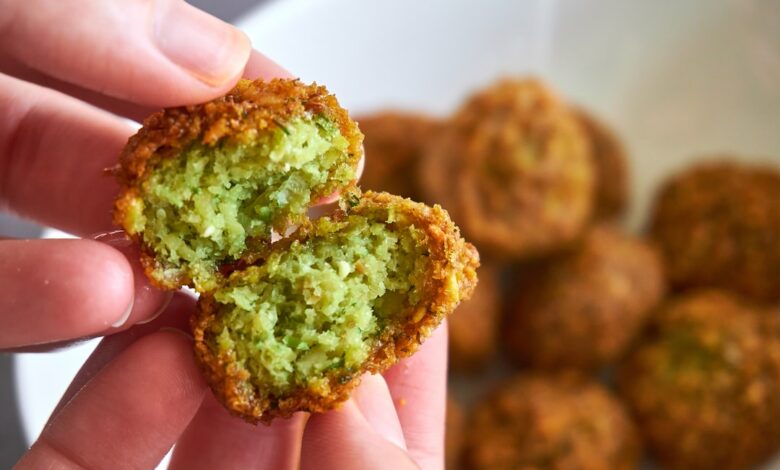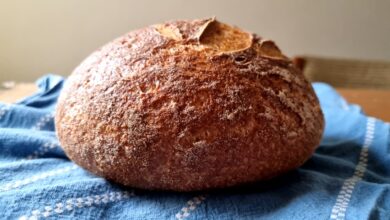Best Gluten Free Cereal

Starting your day with a bowl of cereal is a classic breakfast choice. But if you’re living gluten-free, finding a tasty and satisfying option can feel like a challenge. Don’t worry, though! As a long-time gluten-free eater, I’ve tried tons of cereals, and I’m here to help you navigate the world of gluten-free breakfast so you can find your perfect bowl.
Gluten, a protein found in wheat, barley, and rye, can cause digestive issues and other problems for people with celiac disease or gluten sensitivity. Luckily, the gluten-free market has exploded in recent years, offering a wide variety of cereals made from alternative grains and ingredients.
What to Look for in a Gluten-Free Cereal
Before we dive into specific recommendations, let’s talk about what makes a good gluten-free cereal. Here’s what I consider when choosing my breakfast:
* **Certified Gluten-Free:** This is crucial! Look for a “Certified Gluten-Free” label on the box. This means the cereal has been tested and contains less than 20 parts per million (ppm) of gluten, which is the standard for gluten-free products.
* **Ingredients:** Check the ingredient list carefully. Common gluten-free grains include rice, corn, oats (make sure they are certified gluten-free, as oats can be cross-contaminated with wheat), quinoa, and amaranth. Watch out for hidden sources of gluten, like malt flavoring (usually derived from barley).
* **Sugar Content:** Many cereals, even gluten-free ones, can be high in sugar. Opt for cereals with lower sugar content or consider adding your own natural sweeteners like fruit or a drizzle of honey or maple syrup.
* **Fiber and Protein:** A good breakfast cereal should keep you feeling full and energized. Look for cereals with a decent amount of fiber and protein. Adding nuts, seeds, or a scoop of protein powder can also boost the nutritional value.
* **Taste and Texture:** Of course, you want a cereal that tastes good! This is subjective, but consider what kind of flavors and textures you enjoy. Do you prefer something crunchy, sweet, or more neutral?
My Top Gluten-Free Cereal Recommendations
Okay, let’s get to the good stuff! Here are some of my favorite gluten-free cereals, based on taste, ingredients, and overall satisfaction:
* **Chex Cereals (Rice, Corn, Honey Nut, Chocolate):** Chex cereals are a classic for a reason. Many of their varieties are gluten-free (always double-check the label!), and they offer a satisfying crunch. Rice Chex is a great blank canvas that you can customize with fruit, nuts, and milk. Honey Nut and Chocolate Chex offer a sweeter treat.
* **Nature’s Path Sunrise Crunchy Vanilla:** This cereal is made with corn, rice, and quinoa and has a delicious vanilla flavor. It’s also a good source of fiber and organic, which is a bonus.
* **Barbara’s Bakery Puffins Cereal (Original and Peanut Butter):** Puffins are a lighter, airier cereal that’s perfect for those who don’t like a super crunchy texture. The original flavor is mildly sweet, and the peanut butter flavor is a definite crowd-pleaser.
* **EnviroKidz Peanut Butter Panda Puffs:** Another great option from Nature’s Path, these are a fun and tasty cereal that kids (and adults!) will love. They’re made with corn and peanut butter and are certified organic and gluten-free.
* **Love Grown Power O’s:** These “O” shaped cereals are made with beans and offer a good source of protein and fiber. They come in various flavors, including original, chocolate, and strawberry.
These are just a few of the many gluten-free cereals available. Experiment and find the ones that you enjoy the most!
Tips for Enjoying Your Gluten-Free Cereal
Here are a few tips to help you make the most of your gluten-free cereal:
* **Add fresh fruit:** Berries, bananas, and sliced peaches are all great additions to cereal. They add sweetness, flavor, and extra nutrients.
* **Top with nuts and seeds:** Nuts and seeds provide healthy fats, protein, and fiber. Try adding almonds, walnuts, chia seeds, or flax seeds.
* **Use dairy-free milk:** If you’re also dairy-free, there are plenty of delicious milk alternatives to choose from, such as almond milk, soy milk, oat milk, and coconut milk.
* **Make a cereal mix:** Combine different types of gluten-free cereal to create your own custom blend.
* **Read labels carefully every time:** Ingredients can change, so always double-check the label to make sure the cereal is still gluten-free.
Gluten-Free Cereal: Potential Concerns
While gluten-free cereals can be a convenient and tasty breakfast option, it’s important to be aware of potential downsides:
* **Nutrient Deficiencies:** Some gluten-free cereals may be lower in certain nutrients compared to their gluten-containing counterparts. Make sure you’re getting a variety of nutrients from other sources in your diet.
* **Added Sugars and Processed Ingredients:** As mentioned earlier, many cereals are high in sugar. Choose cereals with lower sugar content and fewer processed ingredients.
* **Cost:** Gluten-free products can sometimes be more expensive than conventional products. Look for sales and discounts to save money.
Frequently Asked Questions (FAQ)
Are Cheerios gluten-free?
This is a common question! General Mills states that regular Cheerios are gluten-free. However, they have been subject to controversy due to how they are processed and whether they truly meet the gluten-free standard. Some people with celiac disease may still react to them. It’s best to proceed with caution or choose a certified gluten-free option.
Are Rice Krispies gluten-free?
Unfortunately, Rice Krispies are NOT gluten-free. They contain malt flavoring, which is derived from barley.
Can I eat oatmeal if I’m gluten-free?
Yes, you can eat oatmeal if you’re gluten-free, but it’s crucial to choose certified gluten-free oats. Oats themselves don’t contain gluten, but they are often processed in facilities that also handle wheat, barley, and rye, leading to cross-contamination.
What are some naturally gluten-free grains to look for in cereal?
Great question! Look for cereals made with rice, corn, quinoa, amaranth, buckwheat, or sorghum. These grains are naturally gluten-free and offer a variety of nutrients.
Are all gluten-free cereals healthy?
No, not all gluten-free cereals are created equal. Just like with any food, it’s important to read the label and choose options that are low in sugar, high in fiber, and made with whole, unprocessed ingredients.
Finding the best gluten-free cereal for you might take some experimenting, but hopefully, this guide has given you a good starting point. Remember to always check labels for certification, prioritize whole ingredients, and consider your own taste preferences. Happy breakfasting!
Related Posts
| Best Gluten Free Cereals |



